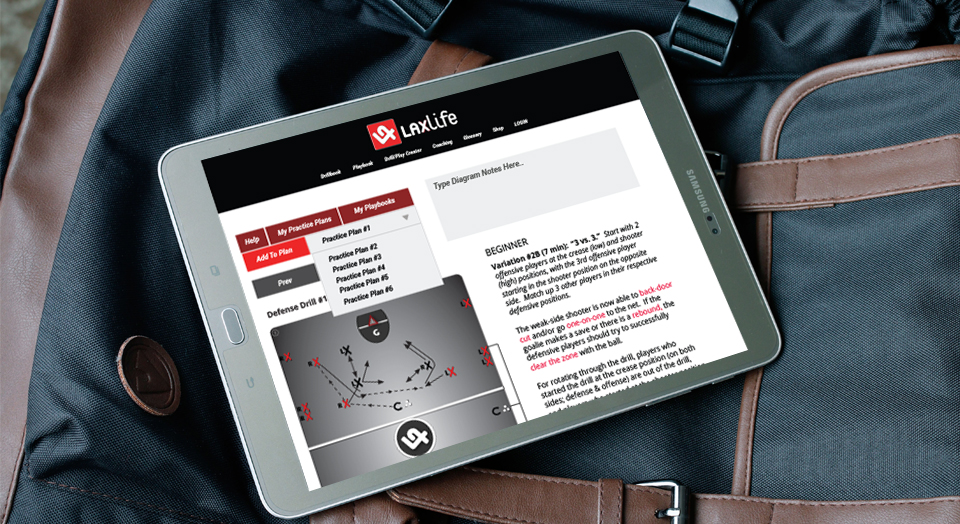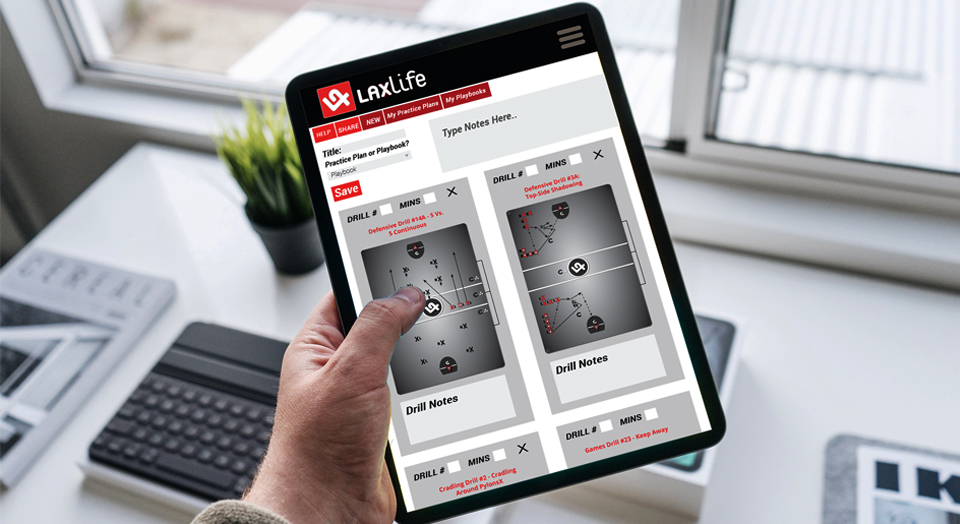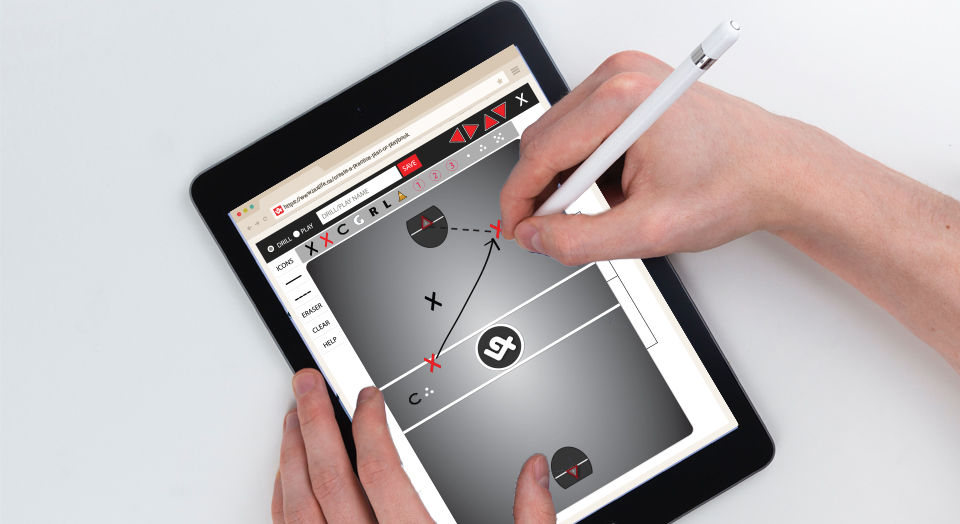
1A. Fundamentals – Lesson #1
Laxlife Practice Plans
- 1. Basic Fundamentals - Lesson #1
- 2. Basic Fundamentals - Lesson #2
- 3. Basic Fundamentals - Lesson #3
- 4. Goaltending & Shooting Basics
- 5. Basic Shooting Progressions
- 6. Stick & Body Awareness
- 7. Team Offense Basics
- 8. Intro To Body Contact
- 9. Individual Defense Basics
- 10. Basic Transition Movement Patterns
- 11. Shooting On-The-Run
- 12. Intro To Team Transition
- 13. Offensive Stickwork Progressions
- 14. Game Day Warm-Up
- 15. Team Offense Build-Up
- 16. Individual Defense Intangibles
- 17. Intro To Team Defense
- 18. Transition Lanes & Spacing
- 19. Transition Situations & Decision Making
- 20. Goalie Focused Drills
- 21. Offensive Stickwork Intangibles
- 22. Pick & Roll Progressions
- 23. Team Defense Build-Up
- 24. Advanced Transition & Quick Decisions
- 25. Stickwork In Tight Spaces
- 26. Adjacent Offensive Movement Patterns
- 27. Advanced Offensive Movement Patterns
- 28. Individual Compete Practice
- 29. Compete Practice (Transition)
- 30. Compete Practice (Offense/Defense)



Equipment Needed: Hack Saw, Stick Tape, Duct Tape/Chalk, Open Wall/Field Space or Outdoor/Indoor Lacrosse Box, Pylons, Lacrosse Balls, Helmets, Gloves, Sticks, Pinnies
Optional Ball Progressions (For First-Timers): do drills using dodgeballs, volleyballs, or basketballs, whiffle balls (using bare hand or top-hand only), high density foam balls (using bare hand or top hand only), SWAX balls (using bare hand or top-hand only), real balls (using bare hand or top hand only - incorporate bounce passes)
Time Line: 60-120 min
Meeting (20 min - Optional):
- - Coaches, Players & Parents (Demo: Cutting & Taping Sticks)
- - Pick 2 Teams (Equal Numbers of Lefts/Rights) - Hand Out Pinnies (Optional) - Players Keep Same Team For 3 Practices
Huddle (2-3 min):
-
- - Lacrosse: History of the Game Among First Nations People (Research)
- - Circle at centre-floor; team cheer
General Warm-Up (2-3 min):
-
-
-
- - Have players run around the entire outside of the playing area (both directions)
- - Hold the stick with "two hands" (no balls) - "no cutting corners!"
-
-
Activity 1 (7 min):
- - Demo: Holding The Stick - Shoulder Width Apart, Bottom Hand Over & Top Hand Under; Keep Stick To Natural Side (Strong-Hand) For All Drills
- - Demo: Athletic Position - Sticks Up, Footwork
- - Defense Drill #1 - Athletic Position (Variation #1 & #2) - Checking A Partner ("Pushing") + Follow the Stick (Forward, Backpedal, Side-Shuffle - long steps, Down & Roll - then up), "Stutter-Steps" (on coaches whistle) - 30 seconds
Would you like to share your thoughts?
Your email address will not be published. Required fields are marked *
Leave a Reply
You must be logged in to post a comment.
Laxlife Practice Plans
- 1. Basic Fundamentals - Lesson #1
- 2. Basic Fundamentals - Lesson #2
- 3. Basic Fundamentals - Lesson #3
- 4. Goaltending & Shooting Basics
- 5. Basic Shooting Progressions
- 6. Stick & Body Awareness
- 7. Team Offense Basics
- 8. Intro To Body Contact
- 9. Individual Defense Basics
- 10. Basic Transition Movement Patterns
- 11. Shooting On-The-Run
- 12. Intro To Team Transition
- 13. Offensive Stickwork Progressions
- 14. Game Day Warm-Up
- 15. Team Offense Build-Up
- 16. Individual Defense Intangibles
- 17. Intro To Team Defense
- 18. Transition Lanes & Spacing
- 19. Transition Situations & Decision Making
- 20. Goalie Focused Drills
- 21. Offensive Stickwork Intangibles
- 22. Pick & Roll Progressions
- 23. Team Defense Build-Up
- 24. Advanced Transition & Quick Decisions
- 25. Stickwork In Tight Spaces
- 26. Adjacent Offensive Movement Patterns
- 27. Advanced Offensive Movement Patterns
- 28. Individual Compete Practice
- 29. Compete Practice (Transition)
- 30. Compete Practice (Offense/Defense)



- Categories: Free / Beginner / Practice Plans / 60 Min / Fundamentals
0 Comments